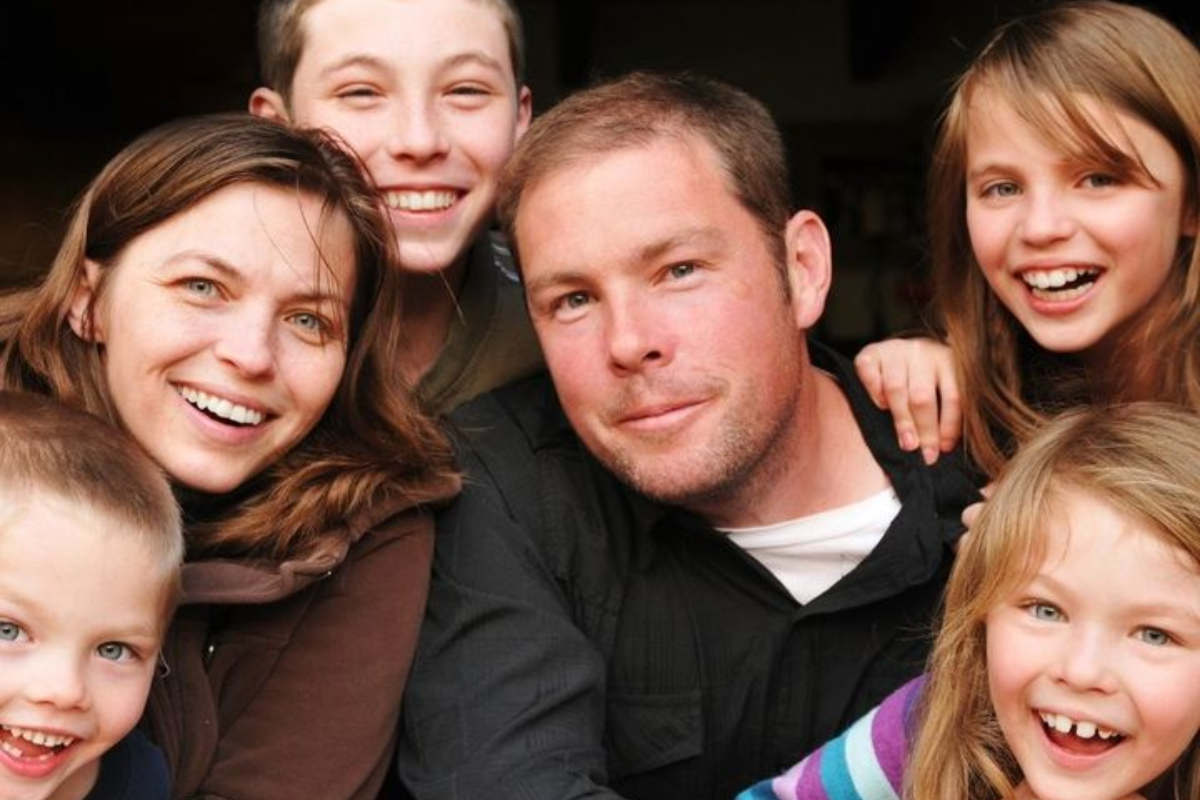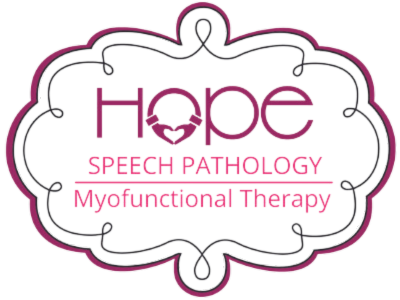
Orofacial Myofunctional Disorders (OMDs) are disorders of the muscles and functions of the face and mouth. OMDs may affect, directly and/or indirectly, breastfeeding, facial skeletal growth and development, chewing, swallowing, speech, occlusion, temporomandibular joint movement, oral hygiene, stability of orthodontic treatment, facial esthetics, and more.
Most OMDs originate with insufficient habitual nasal breathing or with oral breathing. The subsequent adaptation of the muscles and the orofacial functions to a disordered breathing pattern creates many OMDs. These Disorders may impact treatments by orthodontists, dentists, dental hygienists, speech-language pathologists, and other professionals working in the OMD area.
Symptoms of orofacial myofunctional disorders can be very obvious or happen over a period of time and be unclear. Certain habits or conditions can interfere with proper actions of orofacial muscles causing OMD. These muscles include cheeks, jaw, lips and tongue. When these muscles function incorrectly due to habits or conditions, it can lead to improper development. This atypical development causes the muscles to have incorrect adaptations and not work in balance which can cause a variety of problems.
Correct swallowing depends on a proper relationship between muscles of the face, mouth and throat. The act of swallowing is one function that depends on the body’s vital balance. To swallow properly, muscles and nerves in the tongue, cheeks and throat must work together in harmony. When a person swallows normally, the tip of the tongue presses firmly against the roof of the mouth or hard palate, located slightly behind the front teeth. The tongue acts in concert with all the other muscles involved in swallowing. The hard palate, meanwhile, absorbs the force created by the tongue.
When a person swallows incorrectly, the tip and/or sides of the tongue press against or spread between the teeth. This is commonly called a tongue thrust. Constant pressure from resting or incorrectly thrusting the tongue away from the hard palate may push teeth out of place. That pressure may later prevent teeth from erupting (breaking through the gum). An OMD may lead to an abnormal bite – the improper alignment between the upper and lower teeth known as malocclusion. This problem may lead to difficulties in biting, chewing, swallowing, and digesting of food. Tongue thrust is the act of pushing the tongue against or between the teeth when swallowing. The constant pressure of the tongue against or between the teeth will not allow the teeth to bite together. This is known as an open bite. An improper alignment or malocclusion between the upper and lower teeth can lead to difficulties in biting and chewing food.
Often the most obvious symptom of incorrect oral posture involves the muscles of the face. A dull, sluggish appearance and full, weak lips develop when muscles aren’t operating normally. Constantly parted lips (with or without mouth breathing) also signal this disorder. A person swallowing incorrectly will often purse and tighten the muscles of the cheeks, chin and lips – a symptom known as a facial grimace. This can give the chin a knobby appearance because these muscles are being overused. The face can have a dull sluggish appearance when the muscles are not in proper balance. An incorrect swallow will purse and tighten the muscles of the cheeks, chin, and lips, causing a facial grimace Mouth breathing or constantly open lips is a cause and/or signal of tongue thrust and low tongue rest posture.
A person with abnormal oral muscle patterns may suffer a lisp or have difficulty in articulating sounds. If muscles in the tongue and lips are incorrectly postured, this can prevent a person from forming sounds of normal speech. Improper oral muscle function may additionally lead to TMJ dysfunction, headaches, stomach distress (from swallowing air), airway obstruction, and other health challenges.
Recent research has shown that an Orofacial Myology program may reduce the symptoms of sleep disordered breathing (such as snoring), and ameliorate mild to moderate OSA (obstructive sleep apnea). When functioning and used properly, the muscles of the tongue, throat, and face, can reduce obstruction to the airway.
An Orofacial Myology program is painless and the exercises are relatively simple. When certain muscles of the face are activated and functioning properly, other muscles will follow suit until proper coordination of the tongue and facial muscles is attained. For success in this program, consistent exercise every day is necessary until the patient has corrected their improper muscle pattern. It also takes commitment by the patient, family – and time. Treatment usually consists of a regular program of exercises over a 6 – 12 month period, although treatment length may vary.
Therapy is appropriate for children, teens and adults. Goals are individualized and are meant to create new healthy oral habits. The benefit of healthy habits can include nasal breathing, a proper swallow pattern, favorable resting tongue position and preserving orthodontic results from therapy.
Therapy is comprehensive and covers a variety of oral problems. Therapy helps reverse damaging habits, such as tongue thrust. Therapy can last from six months to a year. The objective is to eliminate bad habits, demonstrate therapeutic facial exercises, develop proper lip seal and tongue placement and teach chewing and swallowing patterns to reinforce good habits. These goals will help the structures in the mouth stay in balance and habitualizing the learned behaviors is most important for long term success.

Monday 9am-7pm
Tuesday 10am-7pm
Wednesday 8-5pm
Thursdays 8-4pm
Friday -8-4pm
Copyright © 2025 All Rights Reserved.